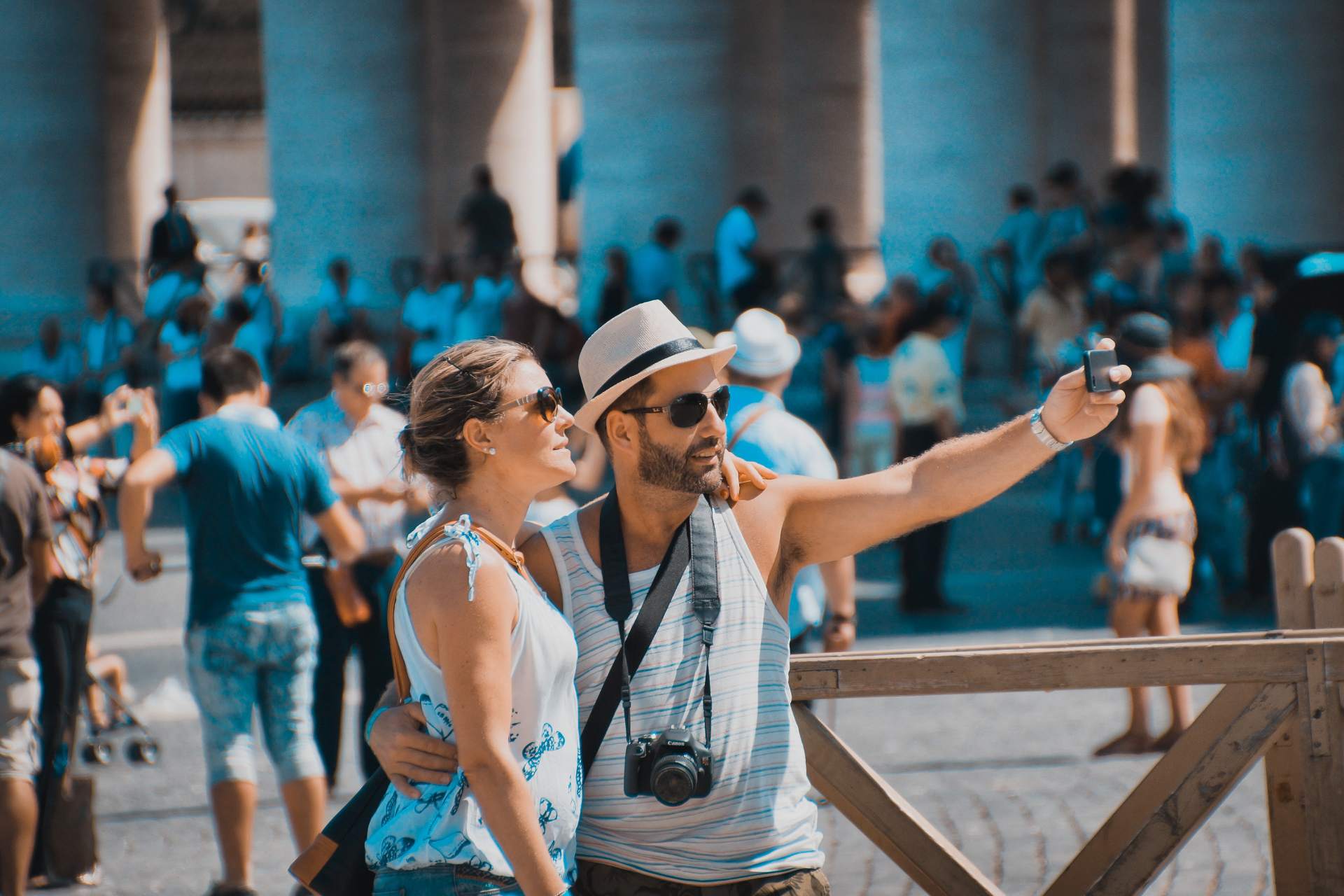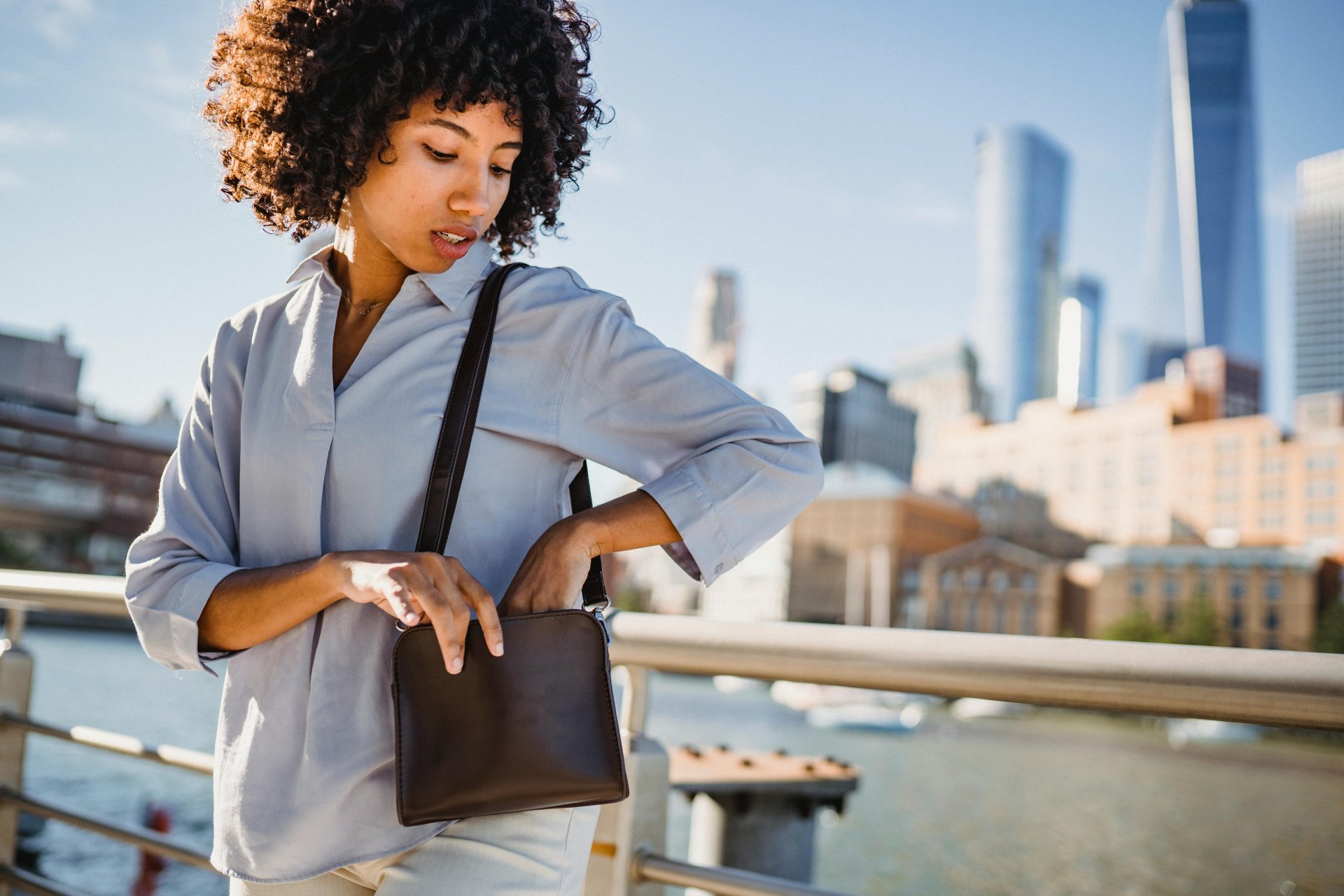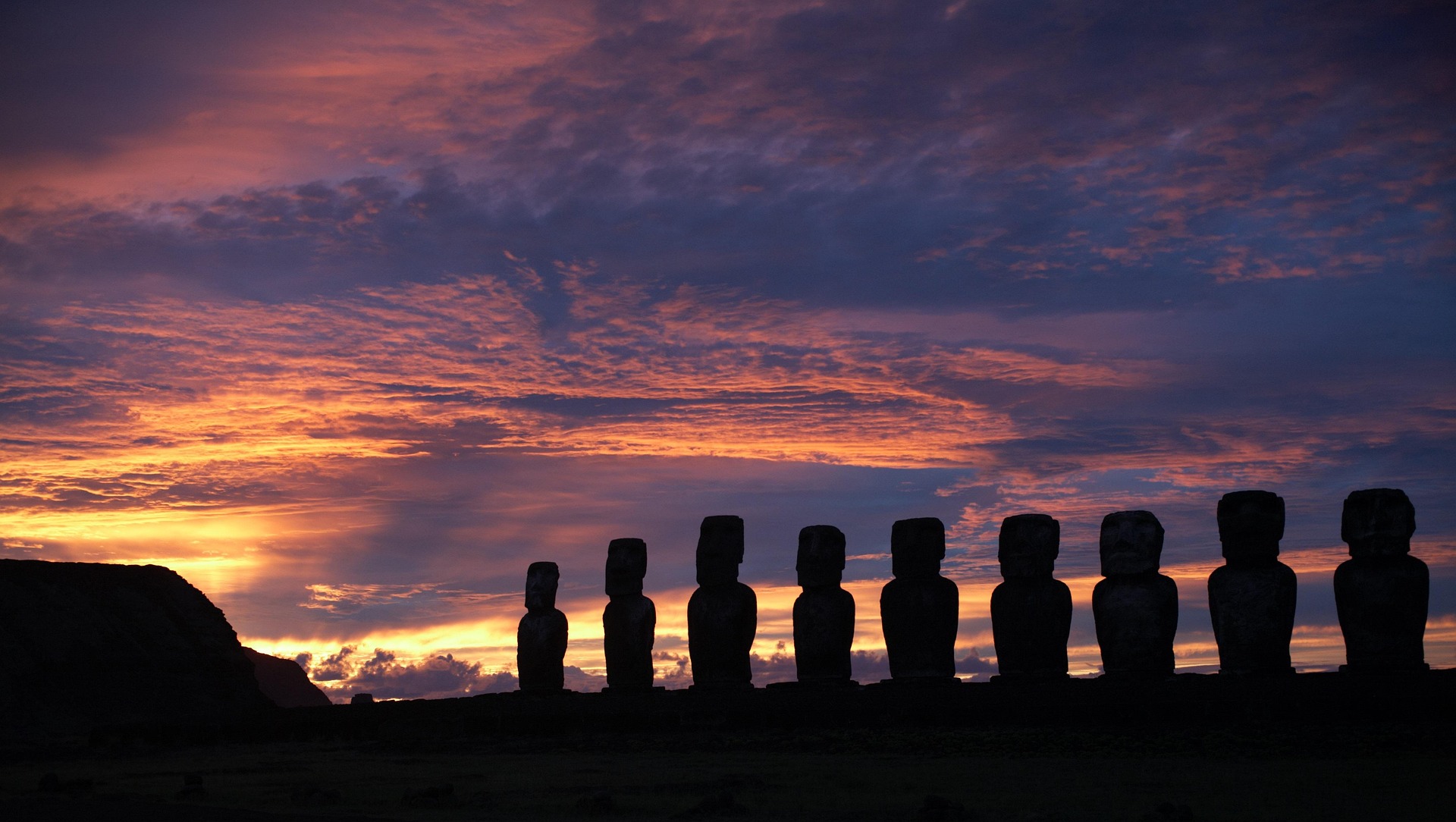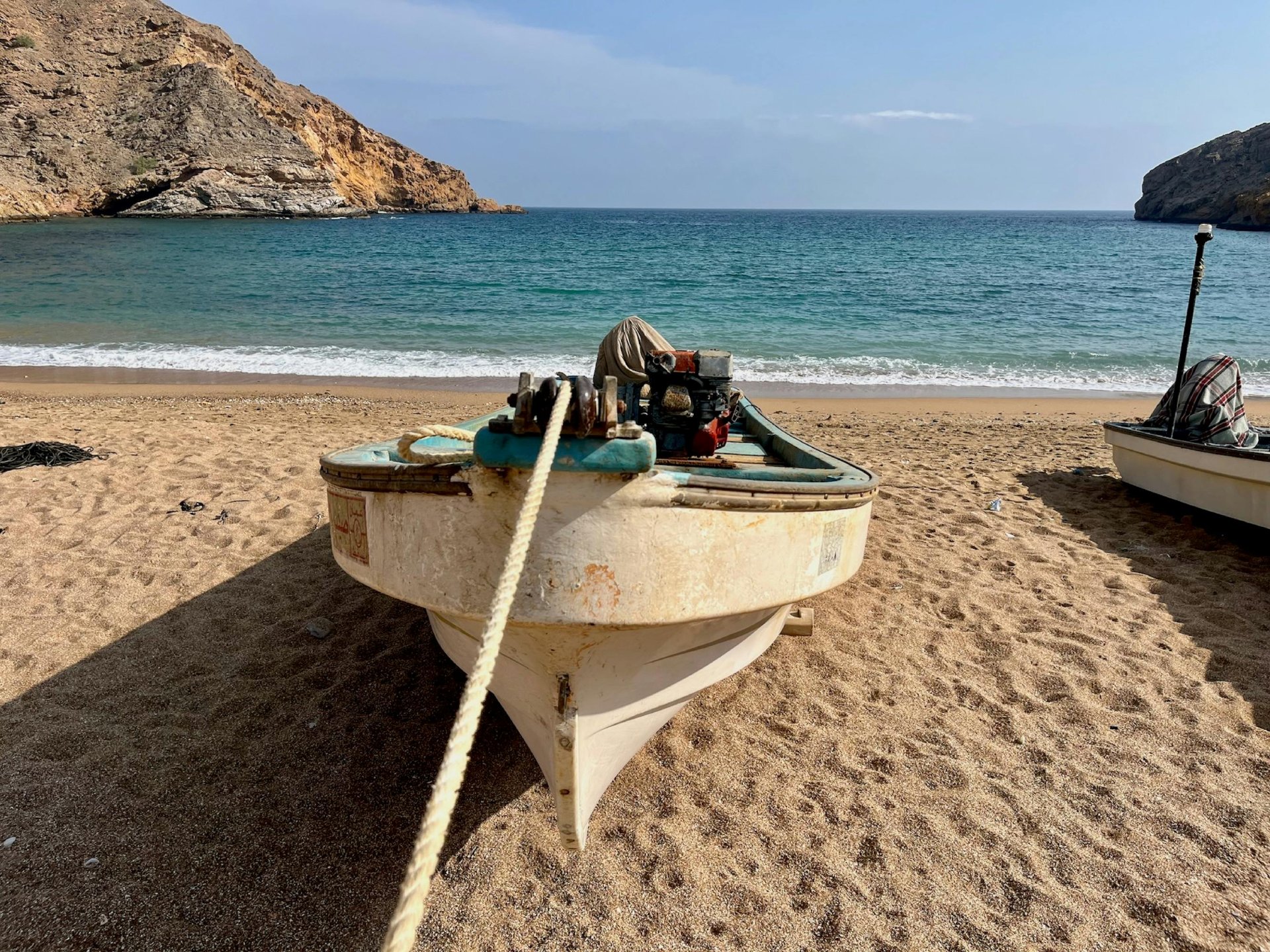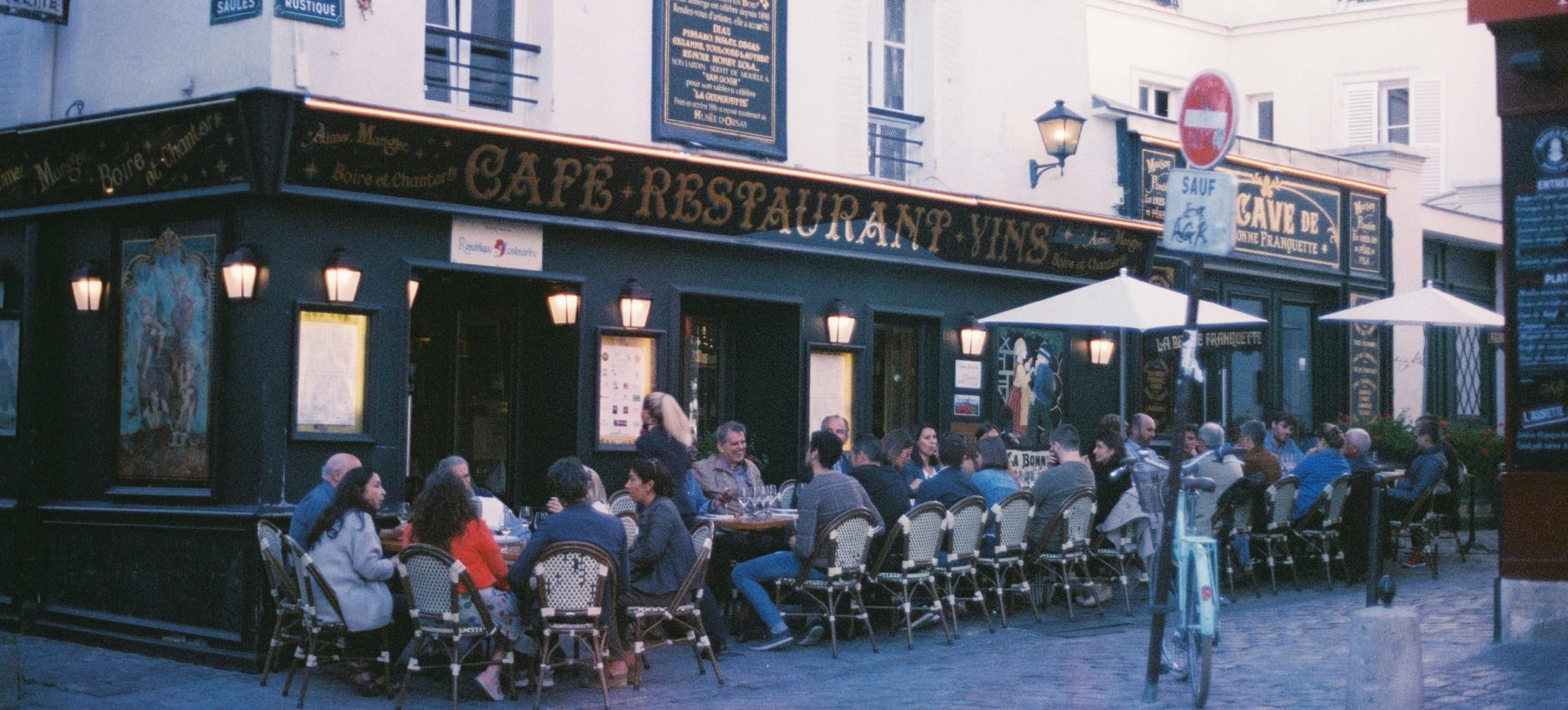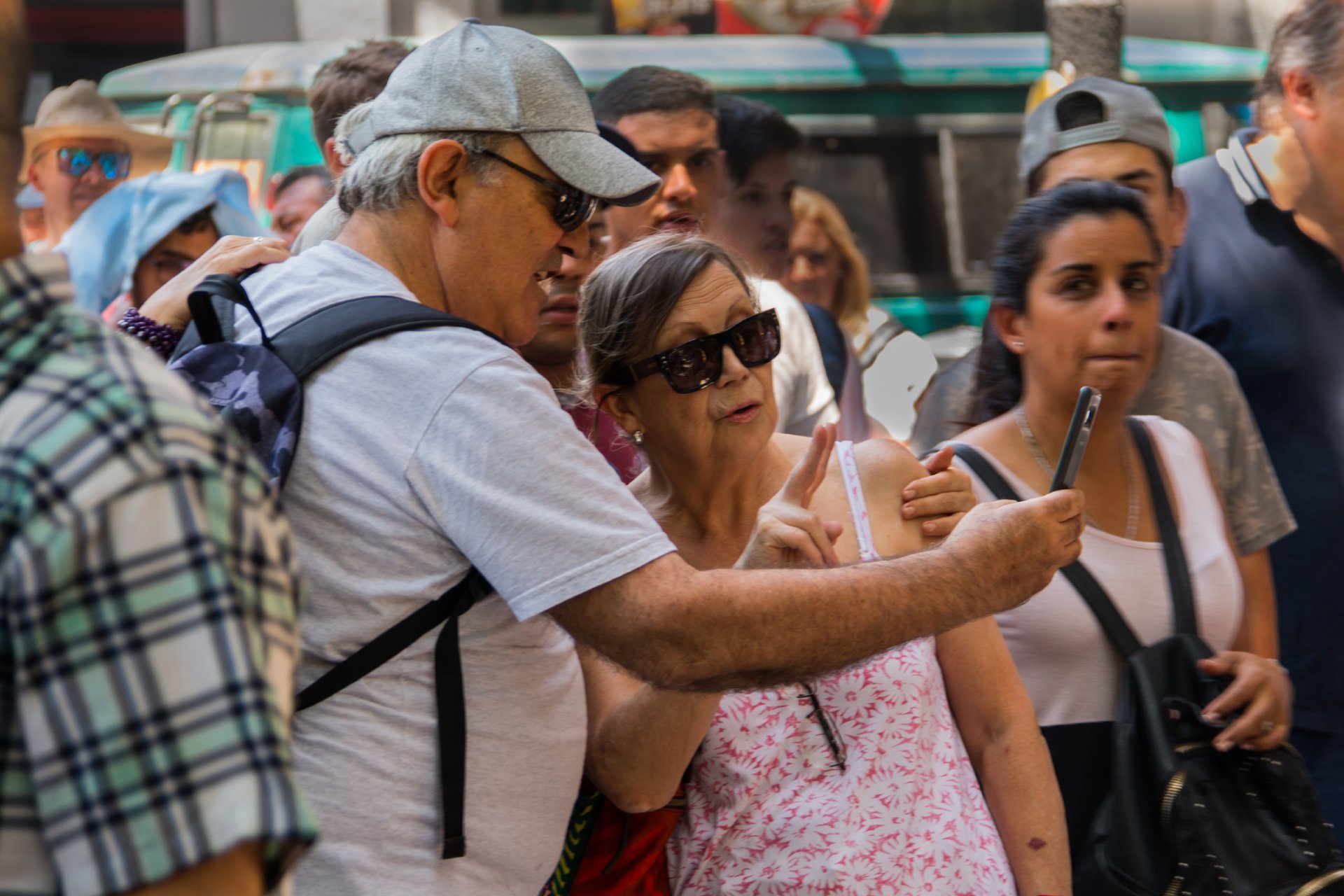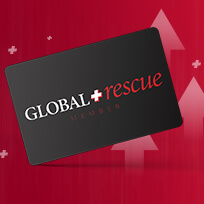No one likes discrimination, unfair bias or injustice and, according to world-renowned author Mark Twain (or Samuel Clemens, if you want to be precise), travel is a remedy.
“Travel is fatal to prejudice, bigotry, and narrow-mindedness, and many of our people need it sorely on these accounts,” he said. That’s important tourist information. If anyone was a fan of bold travel and curious journeys, it would be Twain.
“Broad, wholesome, charitable views of men and things cannot be acquired by vegetating in one little corner of the earth all one’s lifetime,“ he said.
An important part of travel is the responsibility each traveler bears at every destination. Are you dressed inoffensively? Is your behavior appropriate for the region? How you present yourself in foreign localities reflects on your homeland, but it also stirs reactions from the local population that could be helpful or provocative. First impressions are lasting impressions. That means travelers should do the research to know and understand the little things about the customs and culture of your destination.
Do you look and act like a tourist? If so, it can produce assumptions that you are inexperienced, naive, lacking cultural awareness, and wealthy. Standing out as a tourist can make you appear vulnerable and an easy target for scams, pickpockets and other types of crime. By blending in you reduce the risk of local criminals or scam artists spotting you as a foreign traveler and targeting you for fraudulent schemes or petty crimes.
[Related Reading: How To Travel Today? Plan Ahead and Be Patient]
Global Rescue members and our intrepid staff are among the world’s most experienced travelers. They have summited the tallest Himalayan peaks, visited world-famous museums, dived in the deepest underwater caves, cruised the Nile River, fished far-flung waterways, toured the Colosseum in Rome, and traversed vast arctic tundra. Along the way, they have experienced the new and the strange. They have occasionally bungled interactions, suffered accidental slip-ups and mistakenly goofed up a social custom or two. Above all, they listened and learned the do’s and don’ts of world tourism – and how not to look like a tourist.
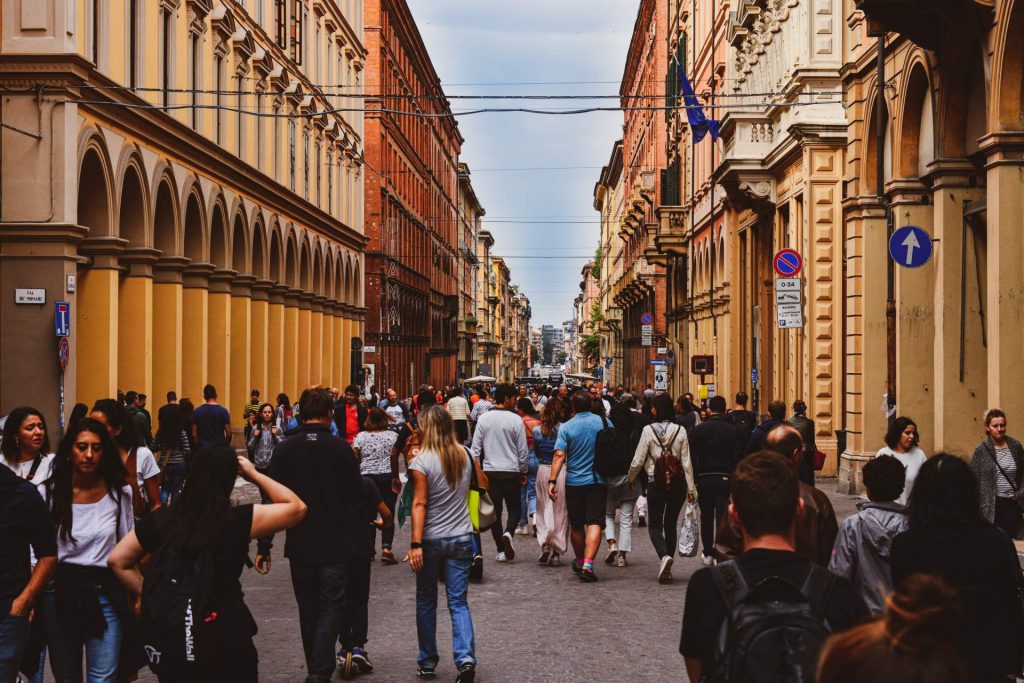
So, we asked them to share what they’ve learned. Here are some pro tips that will keep you safe and get you closer to Twain’s “bold, wholesome, charitable view” of the world we live in and share.
Behavior
- Stature and Purpose: Always look like you know where you’re going, even if you don’t. If you must look at a phone app, do it discreetly and in a way that others don’t think you’re looking at a map.
- Public Transportation: Use public transportation like the locals. Be certain to read and understand the bus routes and metro train schedules before you go and have the correct currency or pass for the fare. Using public transportation is a great way to blend in with the community and save money. It is also a fun and smart way to explore a city’s neighborhoods and get a sense of the local way of life.
- Hide the Map: Holding a map in the street is a tell-tale sign you are a tourist. Familiarize yourself with a local map before leaving your hotel room and plot your route ahead of time using Google Maps (or similar).
- Go Anti-Selfie: Leave the selfie stick at home. Avoid taking selfies, especially in crowded touristy areas. Not only will you reduce your “I’m a tourist” signature but you’ll also be part of a trendy anti-selfie movement.
- Be Quieter: Are you too loud? Many tourists are. It’s why they’re often perceived as being obnoxious. Be mindful of your volume and avoid drawing attention to yourself.
Appearance
- Modest Clothing: While traveling in conservative destinations avoid skin-revealing clothing. It’s important to blend in with residents and behave in a way that shows respect for their culture and way of life. Don’t try to be what you’re not. If dressing like a local means wearing clothing that doesn’t fit your ethnicity, then don’t do it. Avoid brightly colored clothing since it attracts more attention than wearing more muted tones.
- Casual Here Is Slobby There: Most countries are more formal than the U.S. Gym gear, yoga garb, sweats and anything that looks like you just rolled out of bed or came from a workout is offensive in most other cultures.
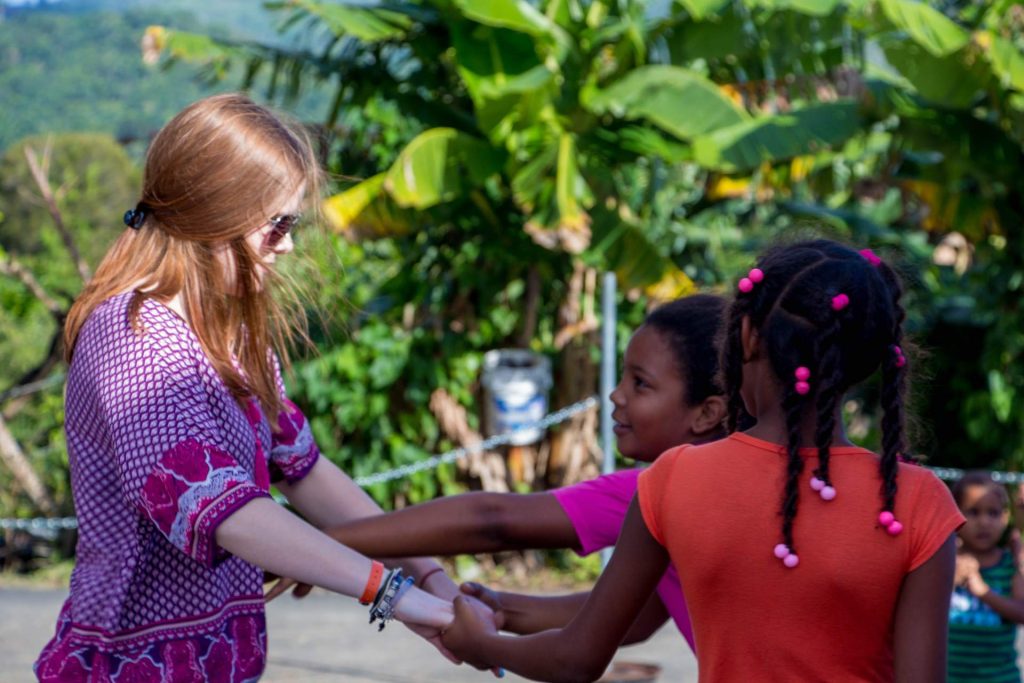
- Avoid Certain Imagery and Words: Religious or provocative imagery, curse words, profanity, sports teams, political brands and national flags are all potentially offensive, disrespectful or confrontational. Don’t wear it, if possible.
- Bling, Bezzle and Ice: Jewelry, especially flashy jewelry for men or women, stands out wherever you’re traveling. Tone it down or, better yet, opt for costume jewelry, less showy watches, necklaces and bracelets.
- Cameras: Leave your camera at home. Not only does an expensive camera provide a thief or mugger with a target, but it also draws attention to you and clearly signals that you’re not from the area and makes you an easy mark.
- Backpacks and Large Purses: Backpacks, knapsacks, shoulder bags and large purses are heavy and unwieldy for touring around town. They’re also easy targets for bad guys to snatch, grab or pick. Better options are cross-body bags or sling bags (if you must).
- Passport Holders. Wearing a passport holder with a cord around your neck makes you easily identifiable as a tourist. If you do have one, wear it under your top layer.
- White Sneakers: This one is a bit of a head-scratcher if you’re from the U.S., but white, lace-up tennis shoes or sneakers with Velcro on them not only mark you as a tourist but an “American tourist.” Pick appropriate footwear for your destination and if you wear sneakers, avoid the white ones.
Observe, Respect Local Customs
When you’re visiting a new country, it’s essential to respect the local culture and customs. Behaving like a tourist can be seen as disrespectful and offensive to locals. Try to learn about local customs to show respect for the local culture. Here are a few examples of destinations’ customs that may seem unusual for your home country.
- Tipping: Tipping in Japan is considered rude, and there’s no need to tip at restaurants in Denmark. Meanwhile, and a 20% gratuity is expected in the United States.
- Cab and Taxi Rides: While it’s normal, even required, to sit in the back of a cab in the U.S. it’s different in Australia, New Zealand, parts of Ireland, Scotland, and the Netherlands where it’s considered rude not to ride shotgun.
- Thumbs Up? If you’re trying to say, “Awesome” with a thumbs-up hand sign be careful in countries like the Middle East, Latin America, Western Africa, Russia, and Greece where it has the same meaning as holding up your middle finger in the U.S.
- From America? Are you an American traveling in South America? Be careful. Telling someone from South America that you’re from America, rather than the United States, can be seen as arrogant and offensive since it implies that only the U.S. should be considered America and that South America is unworthy of the label.
Making an international faux pas by not being aware of cultural differences and similarities in the country you’re visiting could ruin a trip. A fifth of Global Rescue members admits being unintentionally culturally insensitive is their biggest worry.
[Related Reading: Expert Tourists Reveal Their Top Travel Mistakes]
They know that looking or behaving like a tourist sometimes can hurt their travel experience. But, by blending in with regional inhabitants and respecting the local culture, you can avoid looking and acting like a vulnerable traveler and have a more authentic and enjoyable travel experience.

